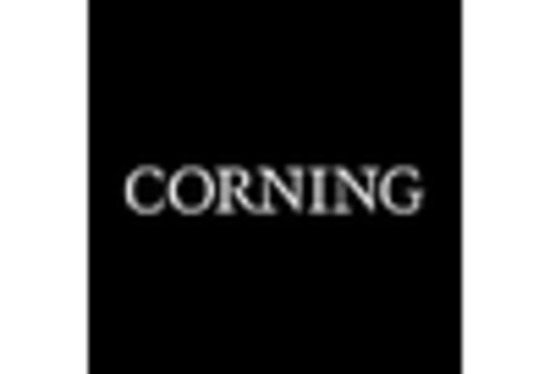Market Analysis
In-depth Analysis of Primary Cells Market Industry Landscape
The primary cells market is witnessing a surge in demand, driven by the need for reliable cell models for research and drug development. Primary cells, derived directly from living organisms, offer a closer representation of in vivo conditions, making them essential for various applications, including toxicity testing and disease modeling. The primary cells market survival is linked to continued research and development of drugs. Today, primary cells, supplied mostly by pharmaceutical companies, biotechnology firms, and academic institutions, are commonly used in preclinical studies as well as evaluation of the safety and efficacy of potential therapeutic agents. This phenomenon highlights the crucially significant place primary cells hold in the development of medical science. The advent of biotechnology, inclusive of enhanced cell isolation methods and cryopreservation techniques, is improving the quality as well as accessibility of primary cells. In this connection, these technological advancements promote the market growth, owing to the aspect of resolving issues such as stability, reproducibility, and cell viability. The secondary market for primary cells is seeing new inroads and beyond traditional fields such as cancer research. The use of primary cells is beneficial in disease modelling for cardiovascular diseases, neurodegenerative diseases, and infectious diseases. This multidimensionality extends the market reach and brings the attention of different research zones. The increasing ethical focus related to the applications of immortal cell lines will hence propel the need for the primary cells. Modern geneticists try to opt for primary cells caused by genetic alterations and possible low representativeness of immortalized cell lines. This ethical aspect permeates the market, influencing the process of the purchase. In primary cells market, compliance and quality assurance take top precedence. Good manufacturing practices (GMP) and strict quality control measures provision is critical to gaining trust in the reliability and repeatability of primary cellular products. This call on quality goes into purchase decisions in the market. Globally around, collaboration among researchers and research institutions is one of the essential elements of market dynamics. By exchanging in expertise, resources and primary cell samples, an environment of collaboration is created leading to the rapid pace of scientific developments. Collaborations across borders facilitate the standardization and validation of primary cell-based assays. In the market, the issues associated with steady sourcing of decent quality primary cells and reliability of cell isolation techniques are still present. These challenges are still being addressed, through various initiatives taken by industry stakeholders so as to provide standardized practices, and effective supply chain. The primary cells market is competitive, with numerous suppliers vying for market share. Industry consolidation is also evident as companies merge or form strategic partnerships to enhance their product portfolios and expand their global reach. This competitive landscape encourages innovation and drives market growth.

















Leave a Comment